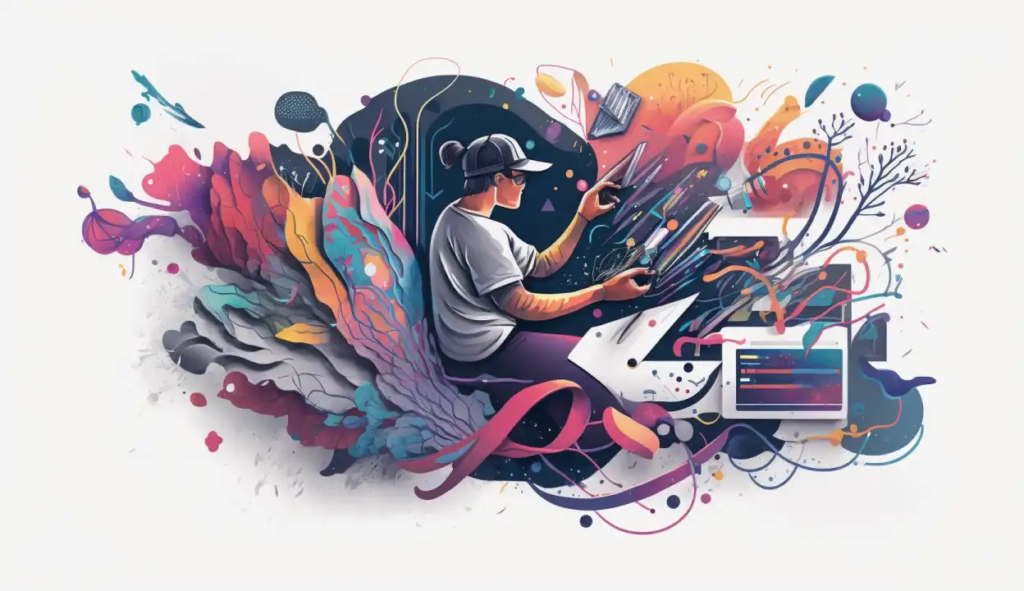The convergence of technology and art has always been a fascinating dance of creativity and innovation. Today, this intersection is more vibrant than ever, thanks to the rapid advancements in artificial intelligence (AI). AI is not only changing the way art is created, but also redefining the boundaries of what we consider possible in artistic expression.
AI-Driven Art Creation: A New Paradigm
AI has introduced a revolutionary approach to art creation, where algorithms and machine learning models become collaborators in the creative process. One of the most prominent examples is the use of generative adversarial networks (GANs). These networks can create stunningly realistic images, music, and even poetry by learning from vast datasets of existing works. The result is art that is both novel and familiar, blending human ingenuity with machine precision. This synergy between human and machine has given rise to unique pieces that challenge traditional notions of authorship and creativity.
An intriguing platform that exemplifies this fusion is https://makepix.ai/. It enables artists and enthusiasts to generate artwork through AI, offering a hands-on experience with this cutting-edge technology. By allowing users to input specific parameters or styles, the platform produces custom art pieces that can be used in various applications, from digital media to physical prints.
Redefining Artistic Boundaries with AI
AI’s impact on art extends beyond creation to include curation and preservation. Museums and galleries are leveraging AI to enhance the visitor experience and ensure the longevity of their collections. AI algorithms can analyze visitor behavior and preferences, providing personalized recommendations and interactive exhibits that engage audiences in new and immersive ways. Additionally, AI is being used to restore and preserve artworks, using advanced imaging techniques to detect and repair damage that may not be visible to the naked eye.

Moreover, AI is pushing the boundaries of what art can be. Interactive installations and augmented reality (AR) experiences are becoming increasingly sophisticated, allowing viewers to engage with art in dynamic and personal ways. Artists are using AI to create works that respond to their audience, altering in real-time based on the viewer’s movements, emotions, or inputs. These innovations are creating a more inclusive and participatory art world, where the line between artist and audience is continually blurred.
Conclusion
The intersection of technology and art, fueled by AI innovations, is transforming the creative landscape. From the creation of new art forms to the enhancement of audience engagement, AI is enabling artists to push the limits of their imagination and redefine artistic expression. As we continue to explore and integrate these technologies, the potential for innovation in the art world is boundless. The fusion of human creativity and machine intelligence promises a future where art is more dynamic, inclusive, and accessible than ever before, inviting us all to participate in this exciting new era of artistic exploration.





